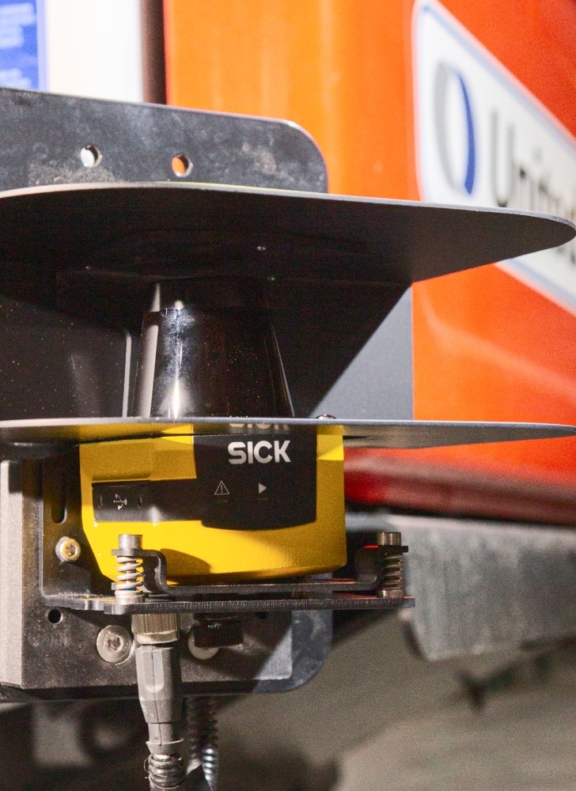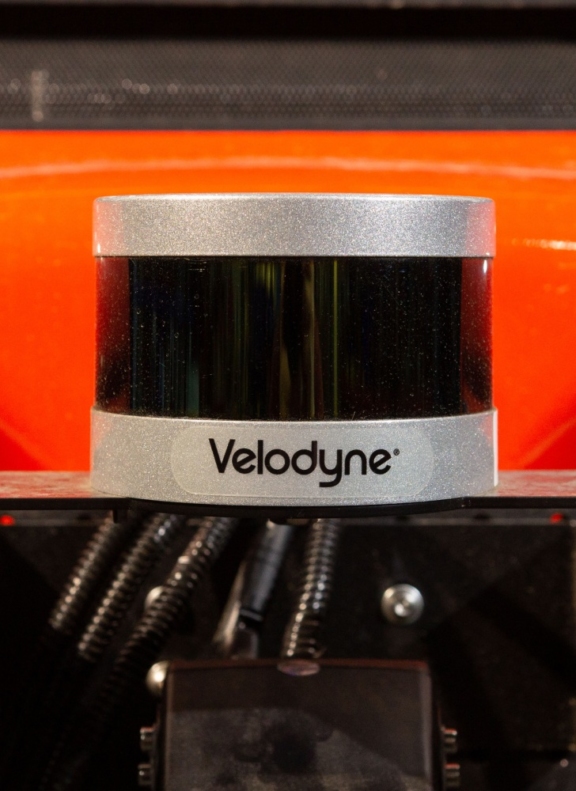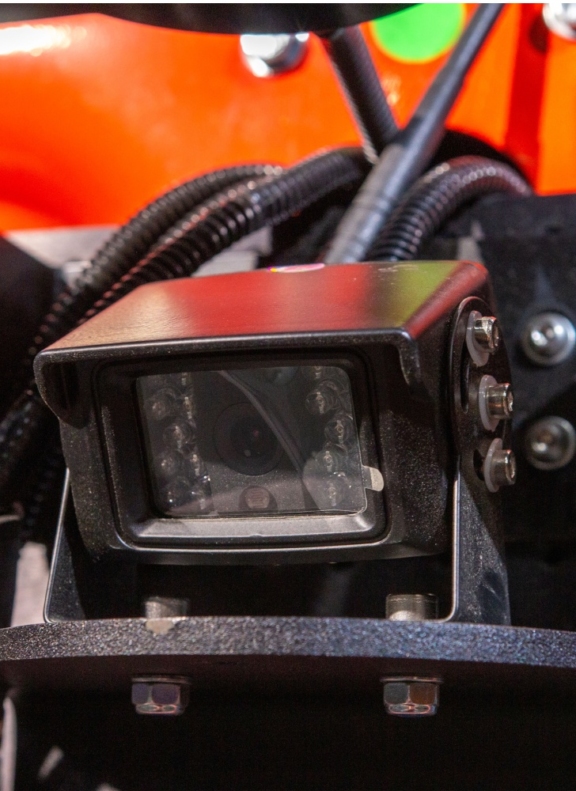United Rentals
Autonomous Compact Track Loader

We designed an automated solar panel installation workflow for safe, efficient human-machine collaboration
The Challenge
Our client approached us to expand on a previous engagement: autonomous forklift technology. Our task was to take the same technology and apply it to a Compact Track Loader vehicle. Their goal was to improve process efficiency on construction sites and improve the overall safety of each crew-member in the field. The challenge involved safely operating a 6-ton vehicle while driving down narrow alleys between expensive solar panels and field crew workers, which required a much more complex strategy than a simple retrofit.
Our Solution
Fresh was the full-service engineering and integration partner. Our teams were responsible for the requirements development, safety analysis, design of the autonomous hardware, firmware, and control software, and developing the fleet management and orchestration software. We also designed the field network for robot connectivity and the telemetry system for vehicle monitoring and conducted end-to-end testing and service across multiple sites.
The partnership grew into a multi-year engagement to create an optimized program for delivering heavy parts and material with pinpoint accuracy to create seamless construction site operations.
Key Contributors
An optimized industrial automation platform
The team built a flexible software platform and control system that can be customized to integrate with different types, makes, and models of construction equipment. The solutions can effectively transform most off-the-shelf construction equipment into intelligent, self-driving vehicles.

10+ sensor technologies
Rear GPS Antenna: Accurate global positioning of the vehicle for autonomous navigation
900Mhz Antenna: Remote communication with the local server
Rear LiDAR: Object detection around the vehicle for navigation purposes
Boom Encoder: Accurate position detection of the lift arm
Rear Scanner: Obstacle detection intended for safety in and around the vehicle
Track Encoder: Track detection for accurate navigation
Electronics Enclosure: Command and control components for various sensors
Front GPS Antenna: Accurate global positioning of the vehicle for autonomous navigation
Front LiDAR: Object detection around the vehicle for navigation purposes
Security Camera & Intention Lamp: Security camera to capture and monitor remote events; intention lamp used to indicate vehicle status
Front Scanner: Obstacle detection intended for safety in and around the vehicle
National Instruments integration
Compact track loaders were retrofitted with a sensor package to detect obstacles. The vehicles were integrated with National Instruments equipment and software using control logic, allowing the vehicles to drive autonomously. The vehicles were designed to follow a route plotted by a Fresh-developed tablet-based path-planning application to deliver parts and equipment from a staging area to installation crews throughout a solar site.
This automation and precision resulted in immediate productivity gains in installation time, allowed for less wear and tear on the installer, prevented equipment damage during the vehicle’s operation, and freed up the operator for other tasks because one less worker was needed to drive the vehicle.
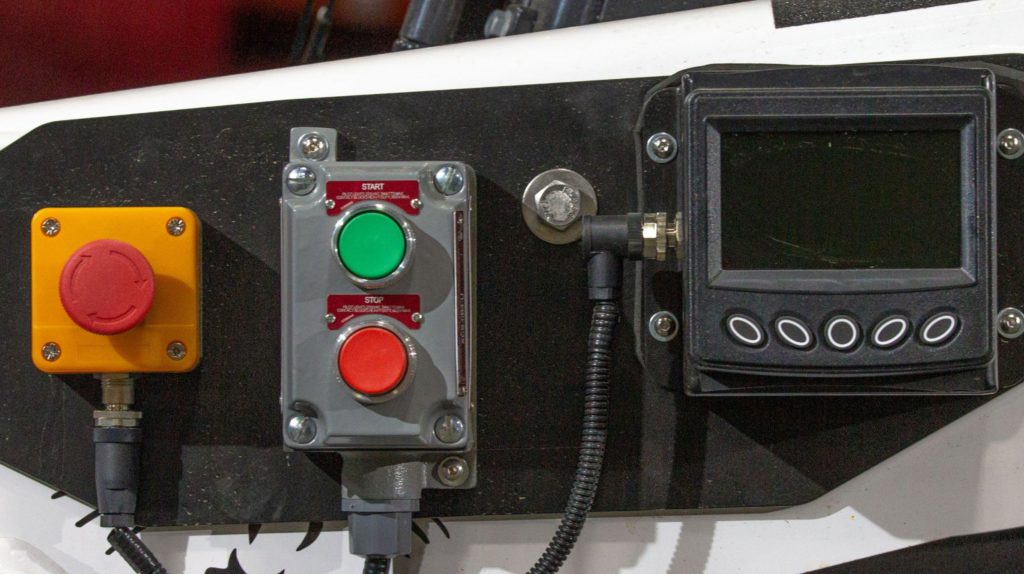
Delivering solutions with velocity
From idea to implementation, the autonomous vehicle for moving solar panels was delivered in less than six months. Once the prototype was proven to work, the team continued refining and iterating the system and now have dozens of autonomous vehicles doing work on solar farms.
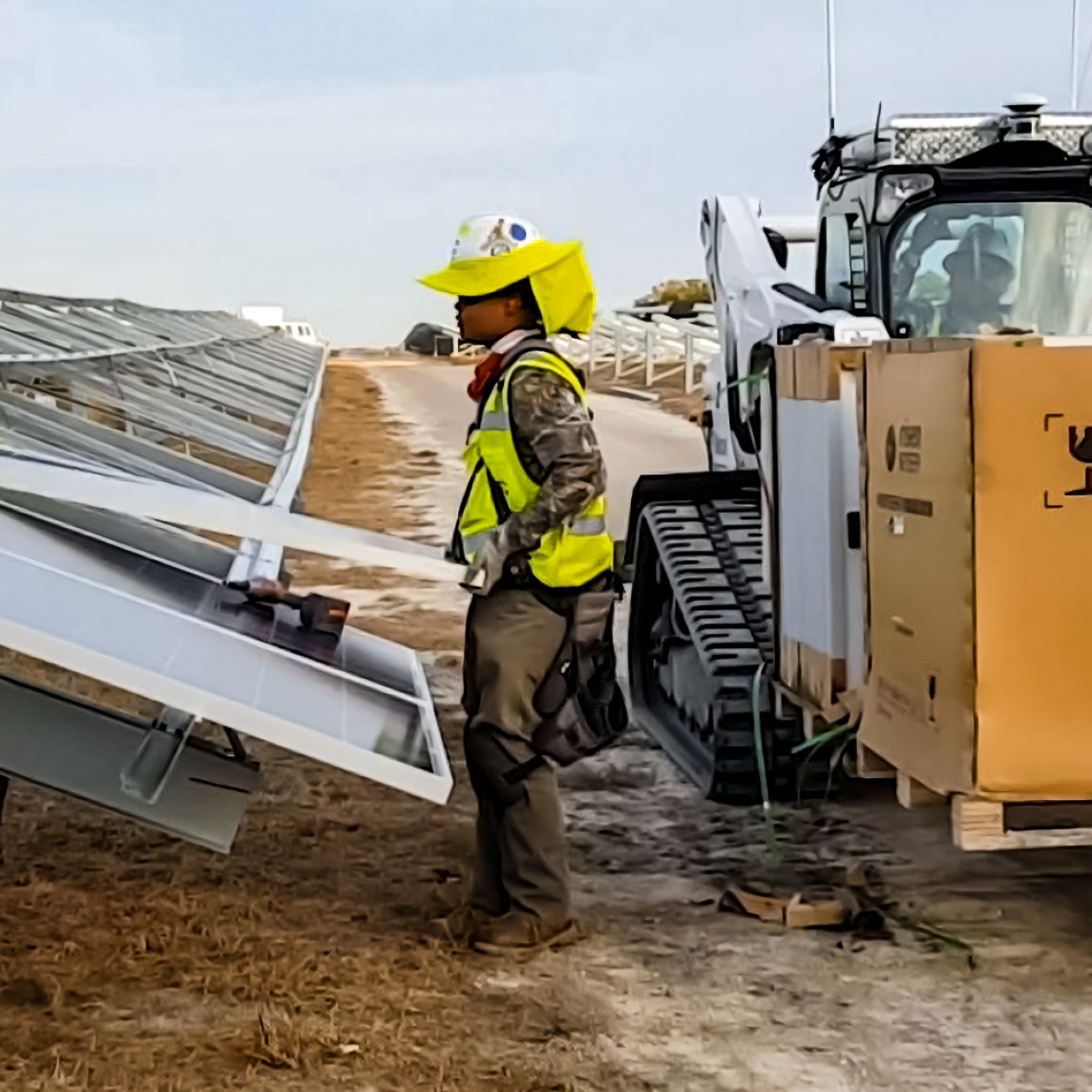
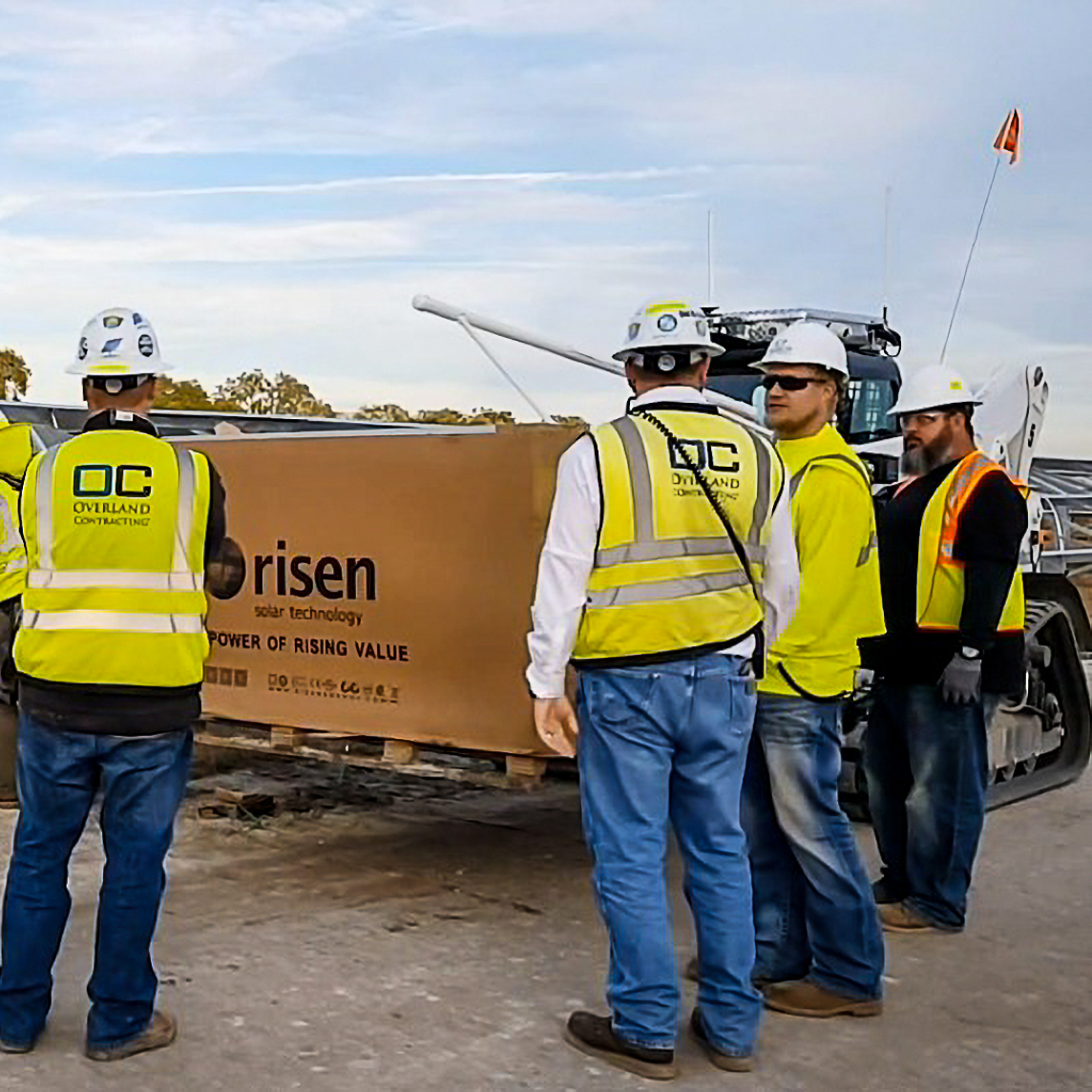
78
Fully autonomous CTLs manufactured, supporting scale and demand.
2870
Solar panels installed in seven days.
2.5cm
Met safety target of 2.5 cm of accuracy for safe collaboration.
20
CTLs deployed to 500-acre sites.
















































